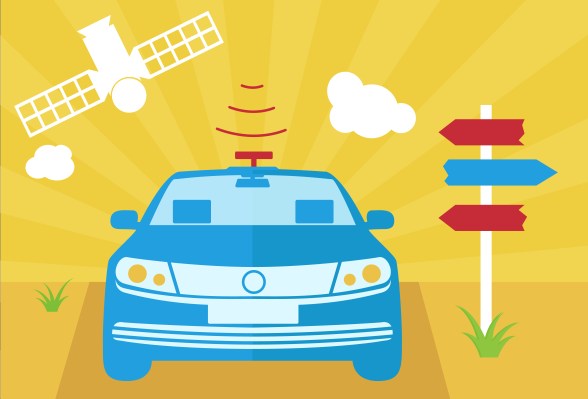California lawmakers and regulators just conditionally approved the road-testing of high autonomy cars that require no driver or even human controls, becoming the first state in the nation to flesh out an innovation-nurturing framework after federal regulators last month gave the green light to driverless technology.
Only nine states—eight by legislation, another by executive action, according to the National Conference of State Legislatures—have established a regulatory framework, even loose, for autonomous vehicles. But none compare to the California scheme, which allows for technologists to take the next step by entirely removing human drivers.
Now, it’s not often you find a former aide to Presidents George W. Bush and George H.W. Bush praising California red tape. And yet here I am.
To date, even the most audacious pilot programs, like Uber’s fleet of commercial autonomous taxis in Pittsburgh, Pennsylvania, require the presence of a safety driver who can assume control in the event of a dynamic situation that overwhelms the car’s mapping and radar systems.
The US Department of Transportation rates driverless cars like those in Uber’s road test (i.e., with conditional automation technology that allows the car to manage most operations but still requires a human safety fallback) at the third of its six levels of automation, based on a scheme developed by the Society of Automotive Engineers (known today simply as SAE), with Level 0 representing complete human control and Level 5 representing complete robotic control.
The announcement last month that the federal government was broadly supportive of driverless cars warmed what had been something of a cold war among the states on driverless experimentation. So what was once cold is today hot: technologists and state lawmakers alike are now shooting for the moon, moving beyond the already-adventuresome Level 3 autonomy of Uber’s Pittsburgh pilot to as-yet-undeveloped Levels 4 and 5.
Within days of the DOT unveiling its new policy guidance, the Governor of California signed into law a first-of-its-kind bill allowing the operation of robotic-operated autonomous vehicles at specially designated public sites in the Bay area. A day later, the California Department of Motor Vehicles independently released draft regulations allowing for federally approved cars that lack human controls (i.e., steering wheels and pedals for accelerating and braking).
The practical effect of the feds’ new framework, which more closely resembles a loose best practices guide for the states than a cohesive national plan, will be a regulatory arms race among the states and the major regulatory jurisdictions within each–how best to address interstate travel amid a complex matrix of discordant laws; how to settle passenger liability in autonomous taxis; and whether to remove outmoded laws that would impede adoption, like anti-platooning rules or those requiring the presence of one hand on the steering wheel.
What, for example, happens when a California operator (that is to say, the passenger) of an autonomous vehicle without human controls crosses the Golden State’s border and veers into Oregon, which has zero autonomous vehicle laws on the books?
Good question—and one for which we don’t immediately have an answer. What immediately clear is that a mishmash of varying rules and competing degrees of acceptance among the states won’t help to foster widespread adoption of this 21st-century technology.
Whether manufacturers can satisfy the imperative to bring the states into general alignment—a lobbying campaign of unprecedented scope to roll back outmoded laws and to adopt cohesive liability laws—is the single greatest hurdle to mass market adoption of driverless cars.
Too often, questions about regulation—about when, where and how to unroll the red tape—are framed as a binary choice between innovators and regulators, progress and stagnation. But the truth is that smart, cohesive regulation, such as California’s, will empower the autonomous vehicle space by cultivating consumer confidence in a technology that, until recently, seemed impossibly futuristic.
States must work in concert—with each other, with the federal government, and indeed with the industry itself—to forge a deliberate, cohesive national framework that ensures the safety of consumers and the public, while also fostering innovation. California’s speeding down that road.
